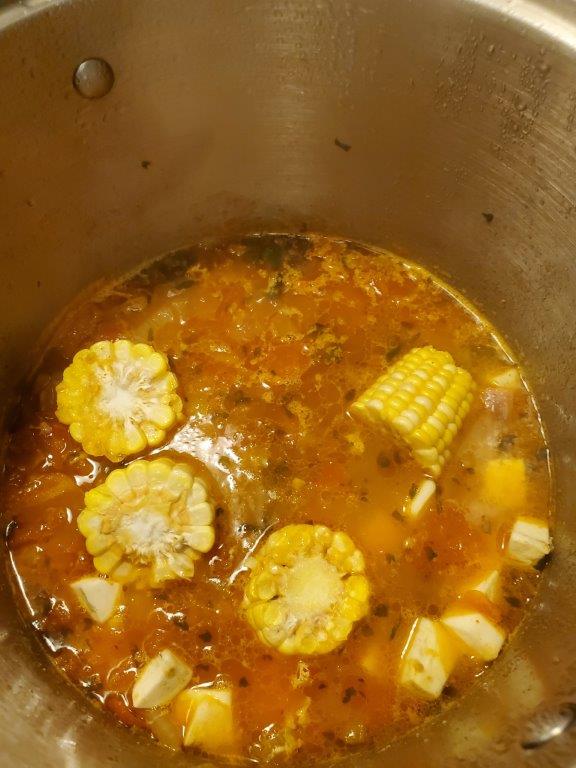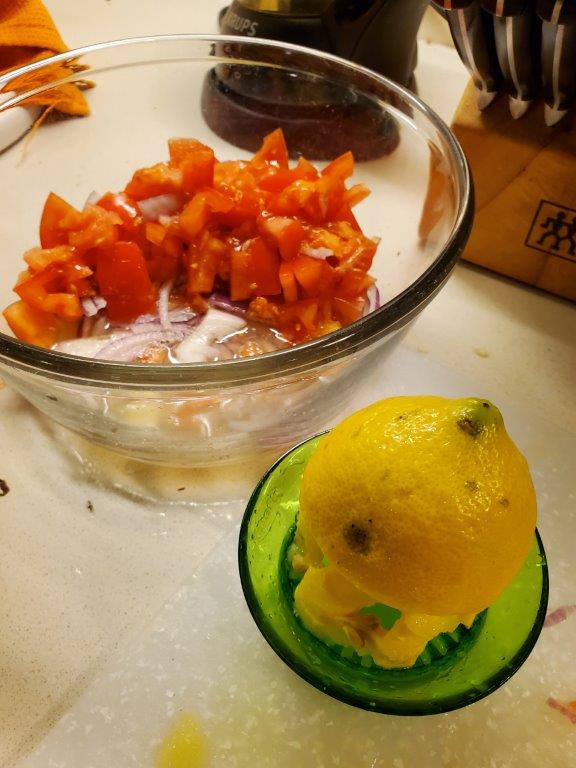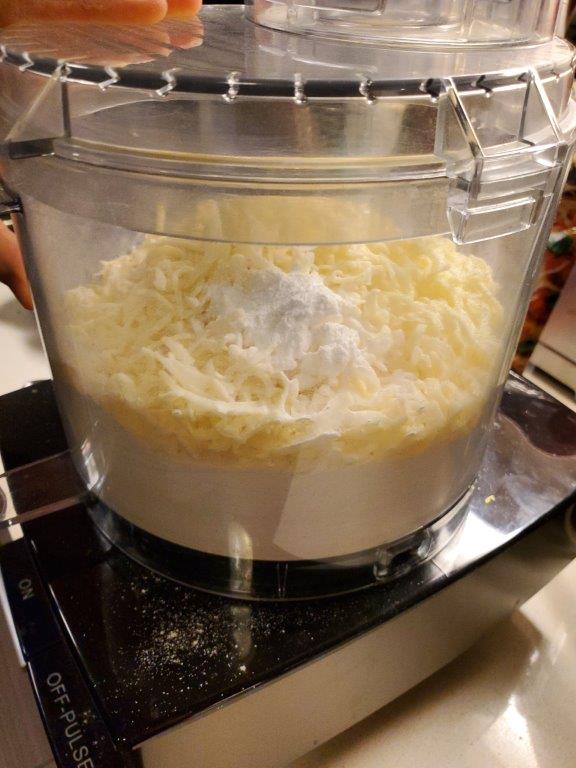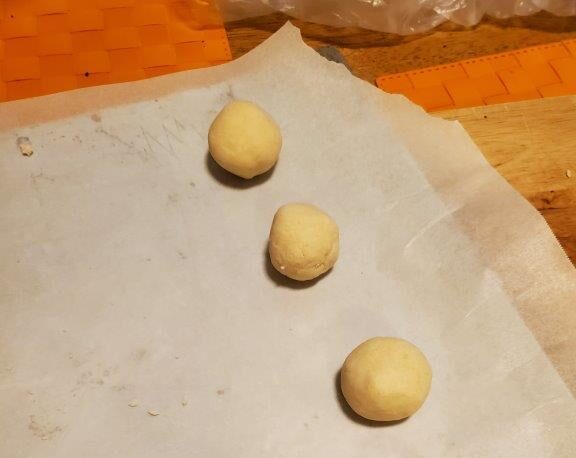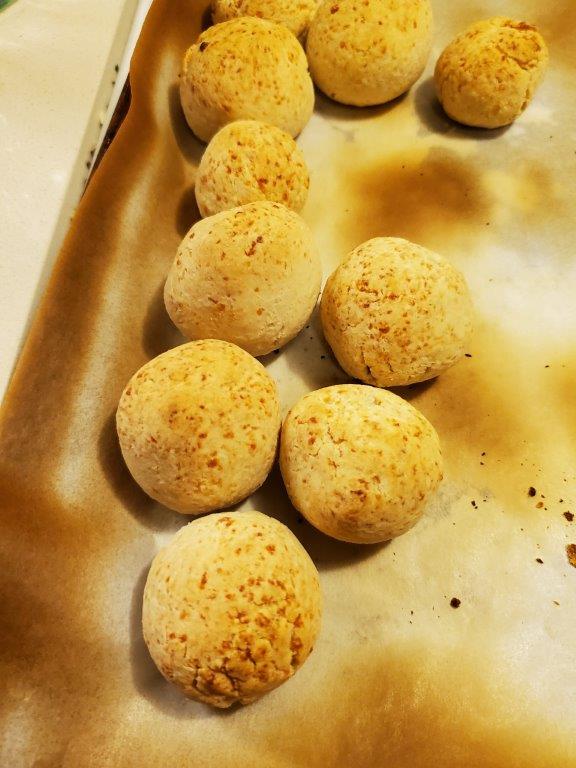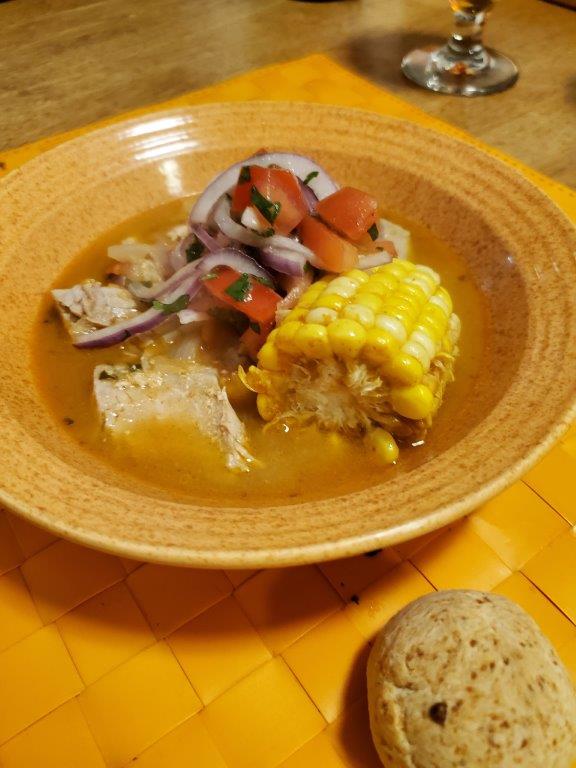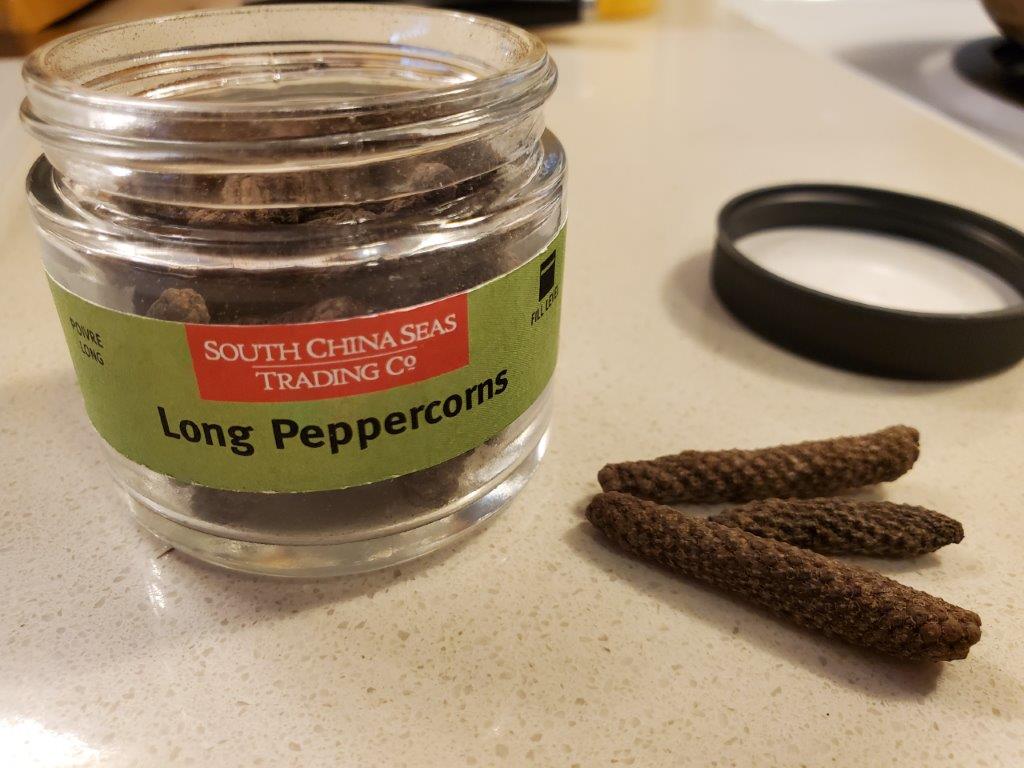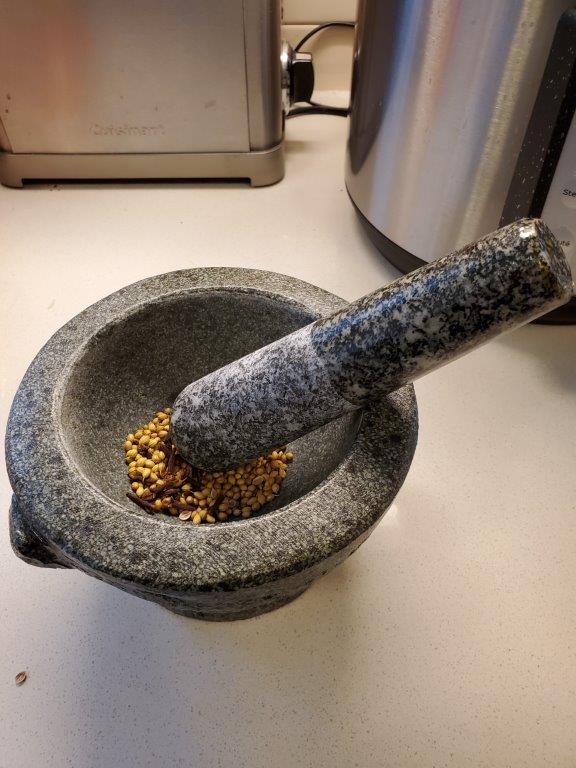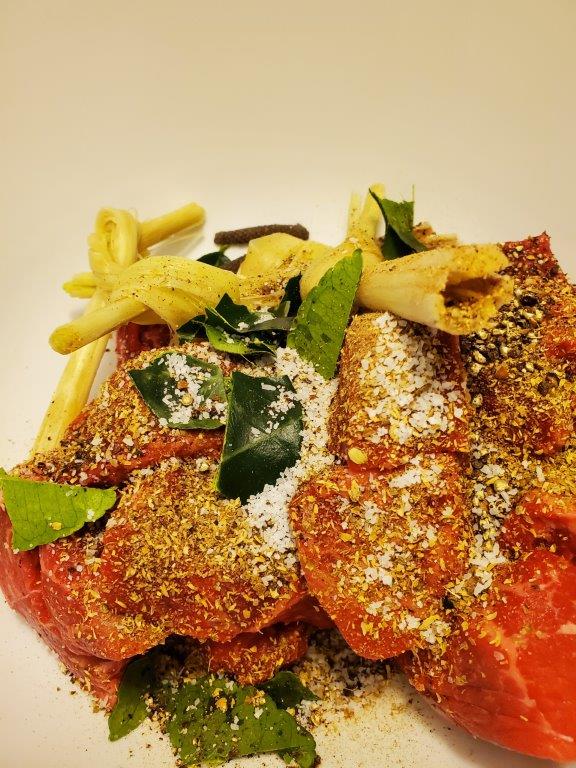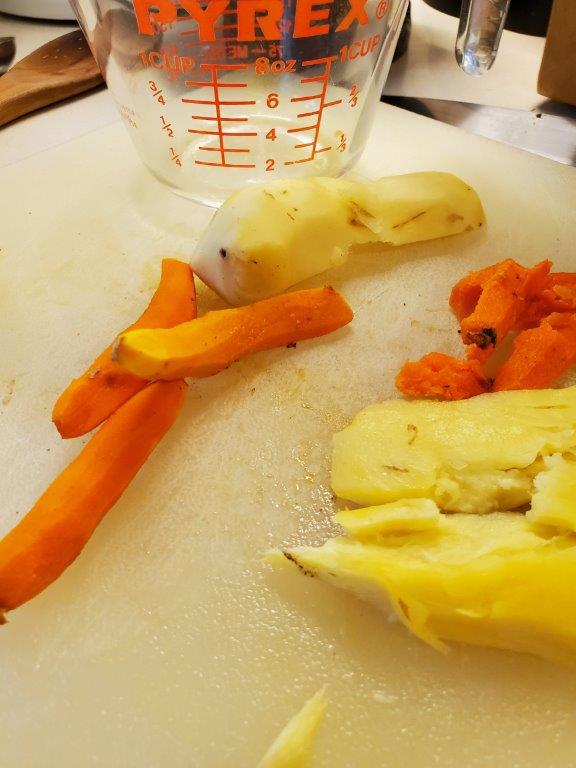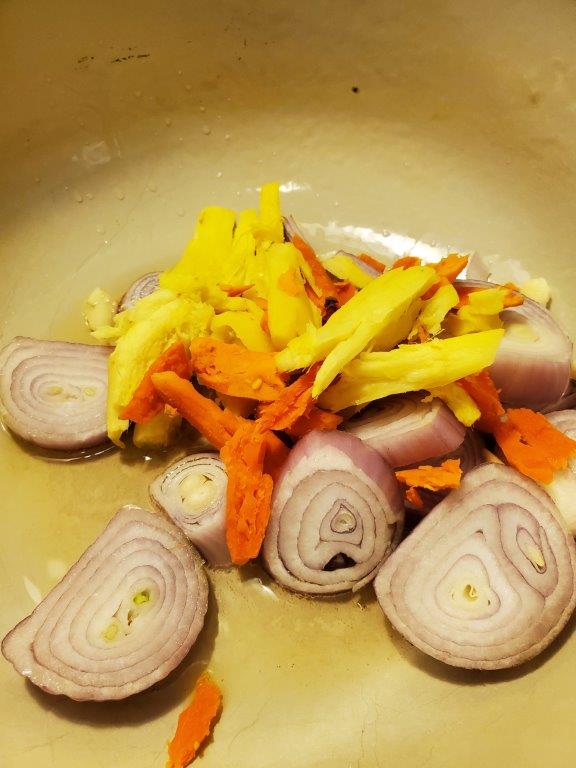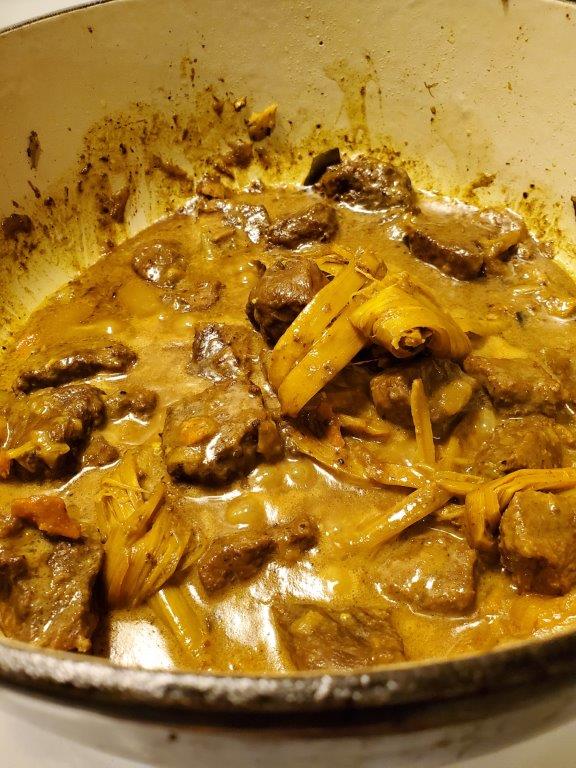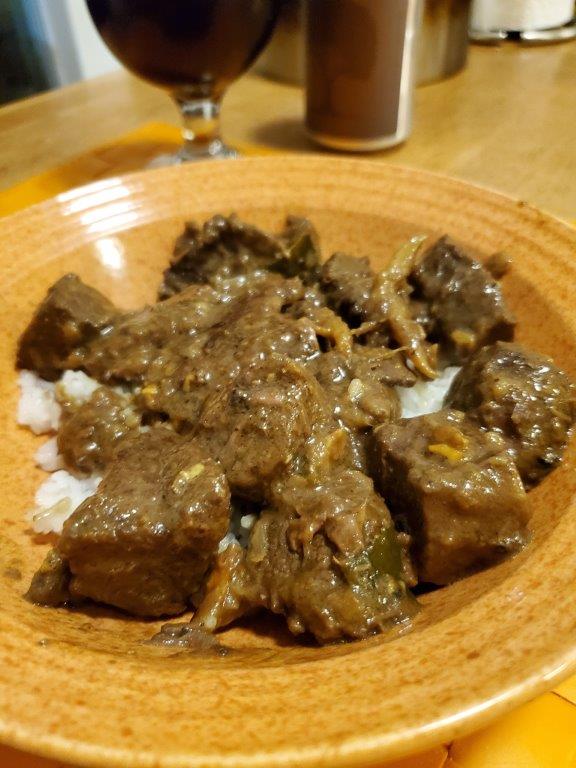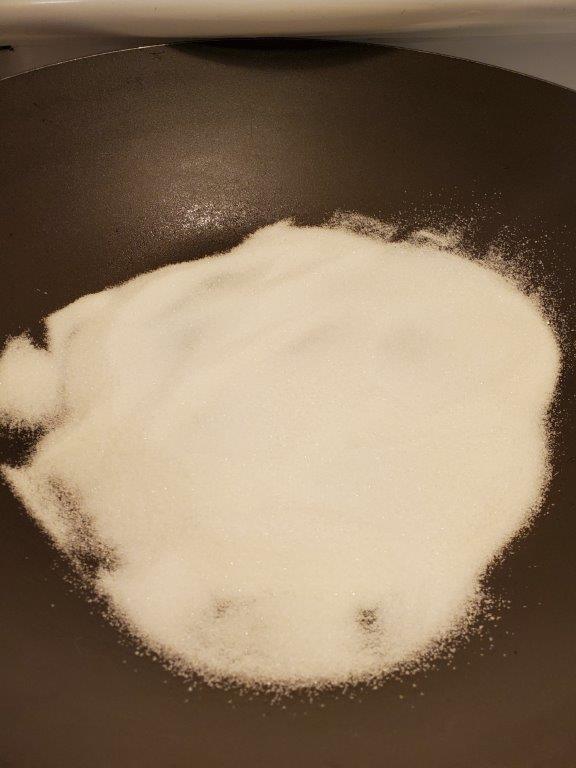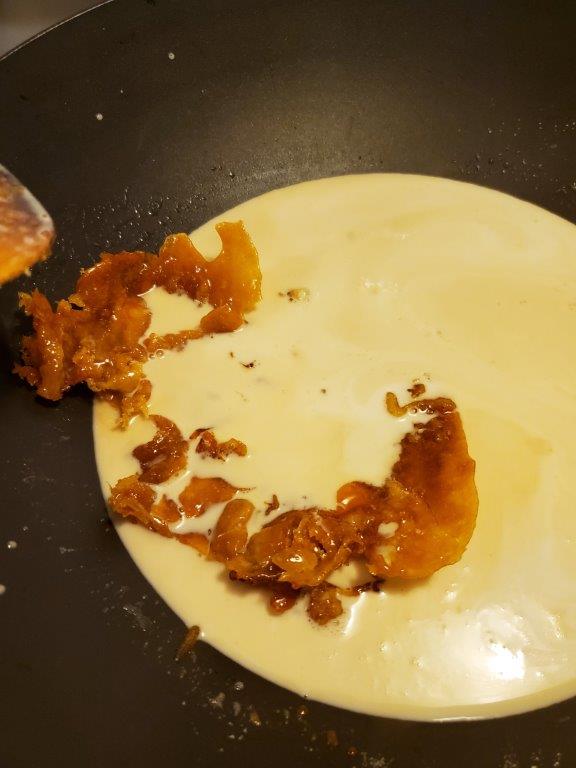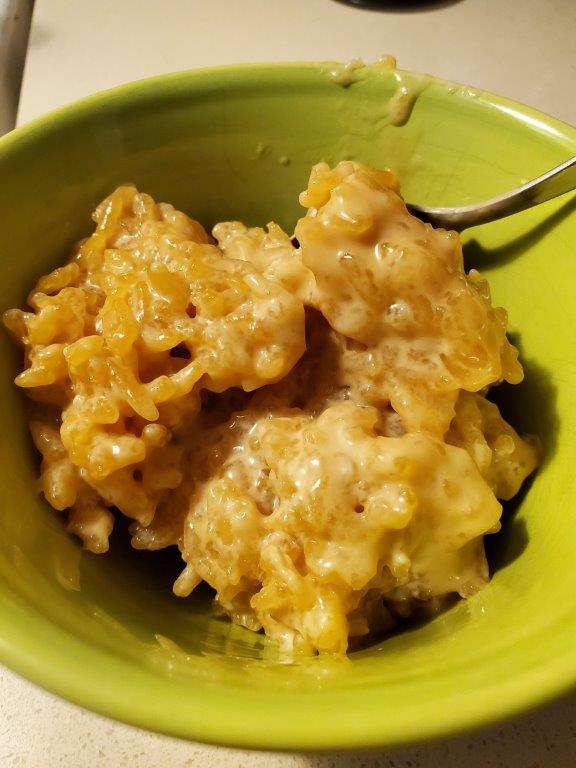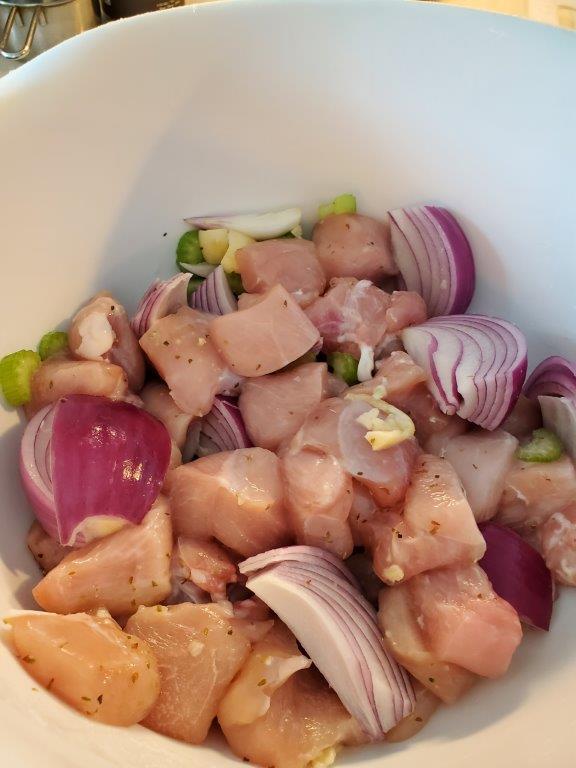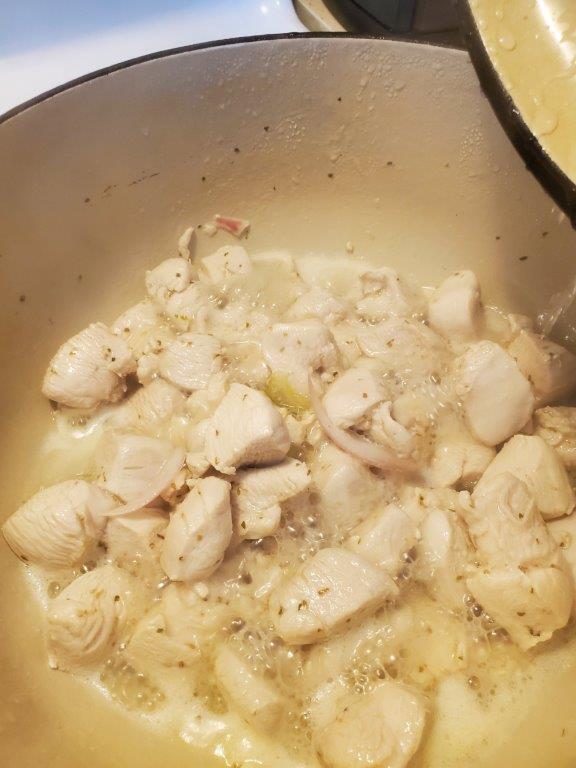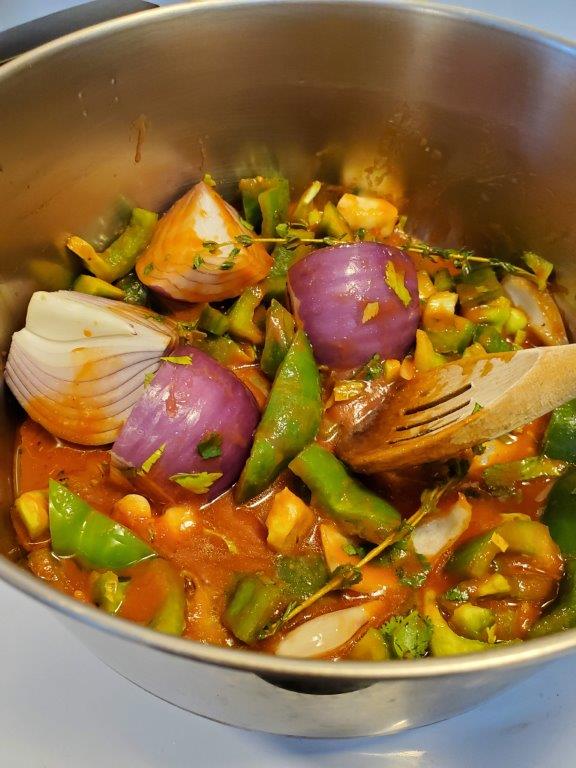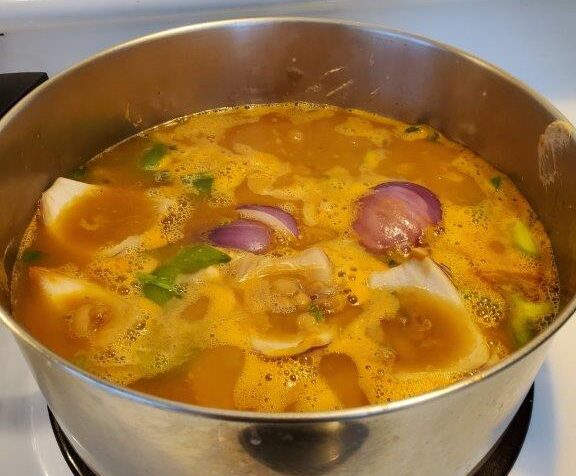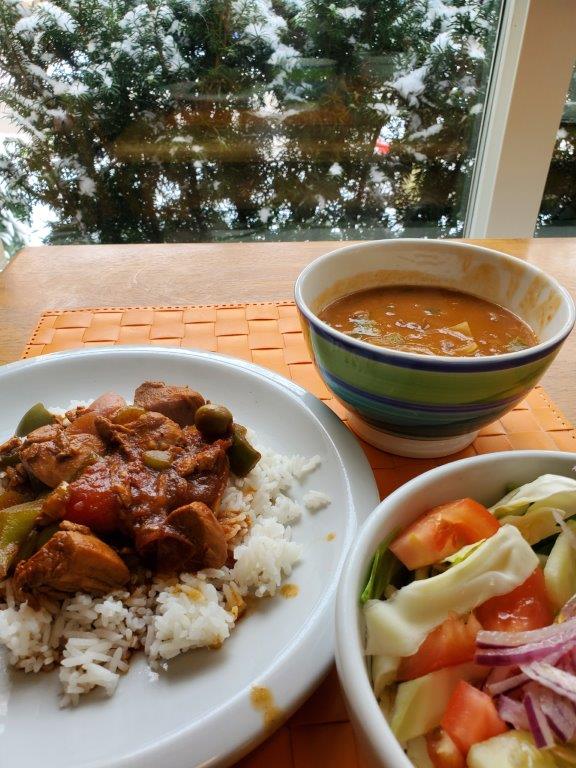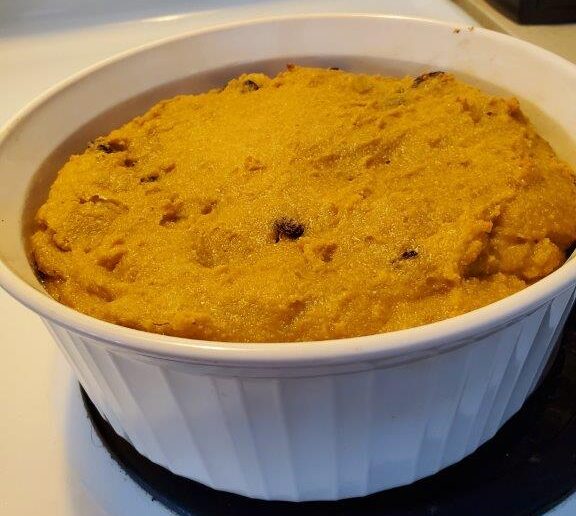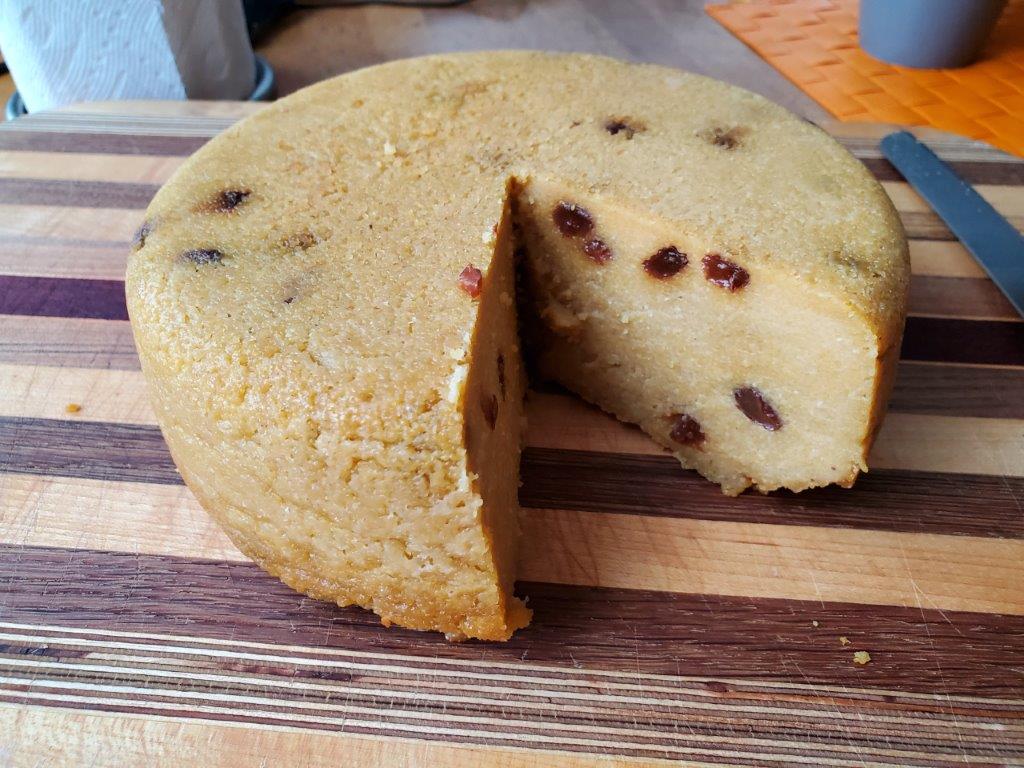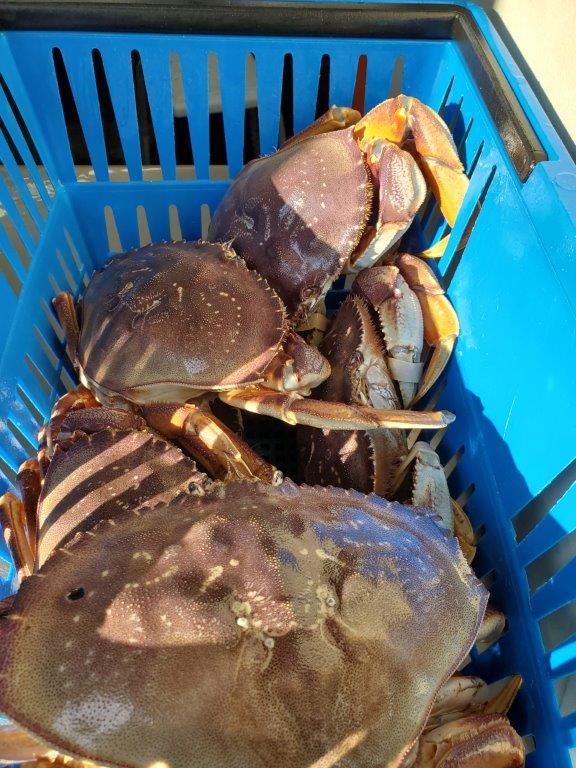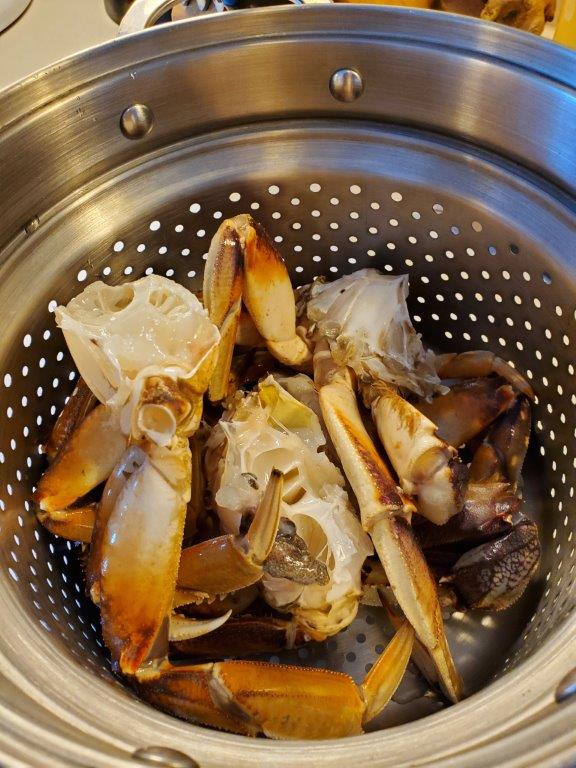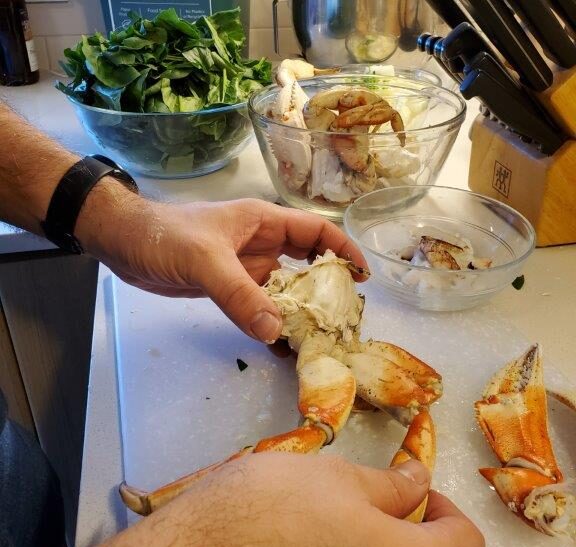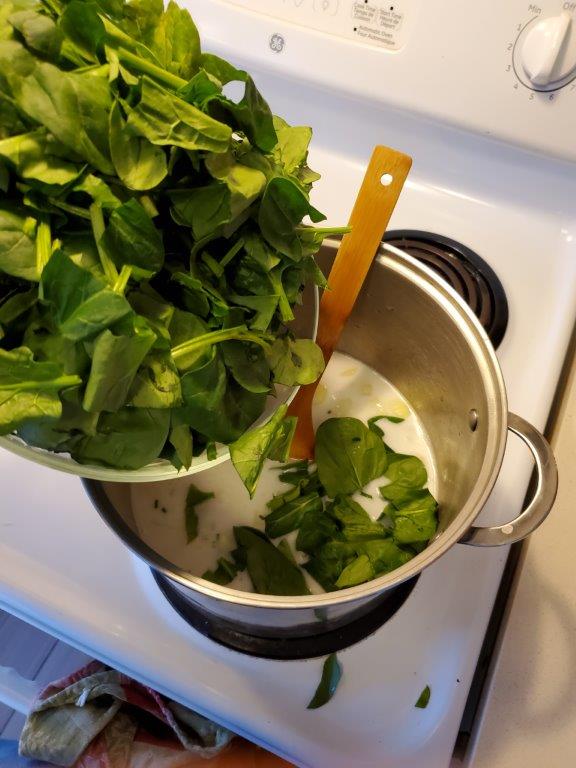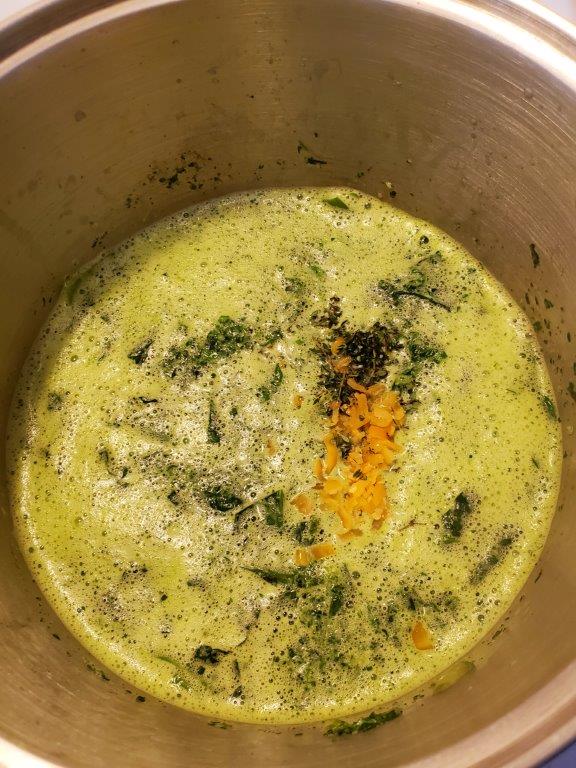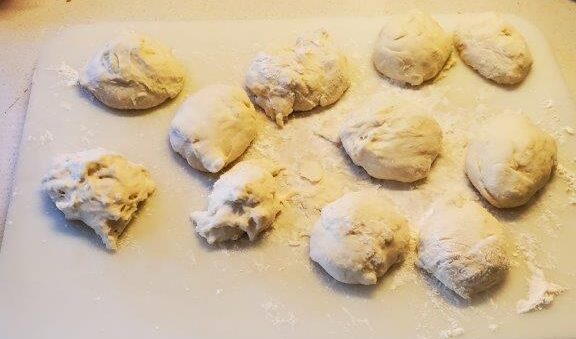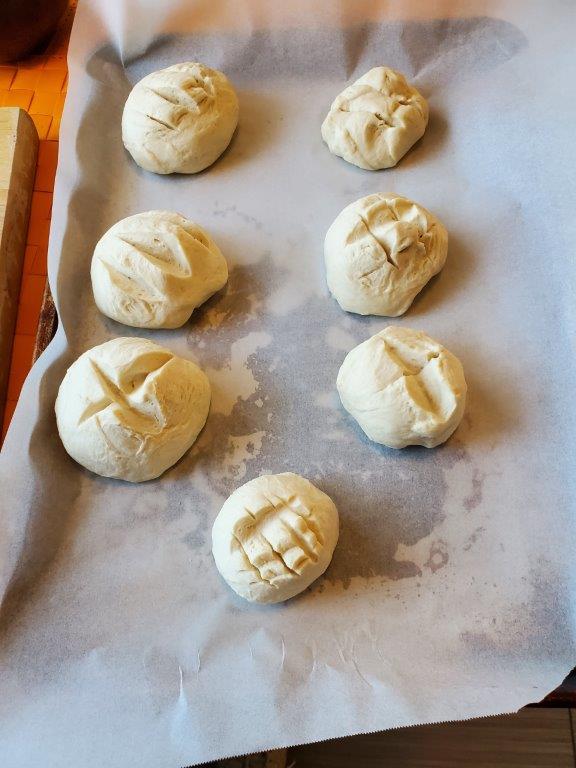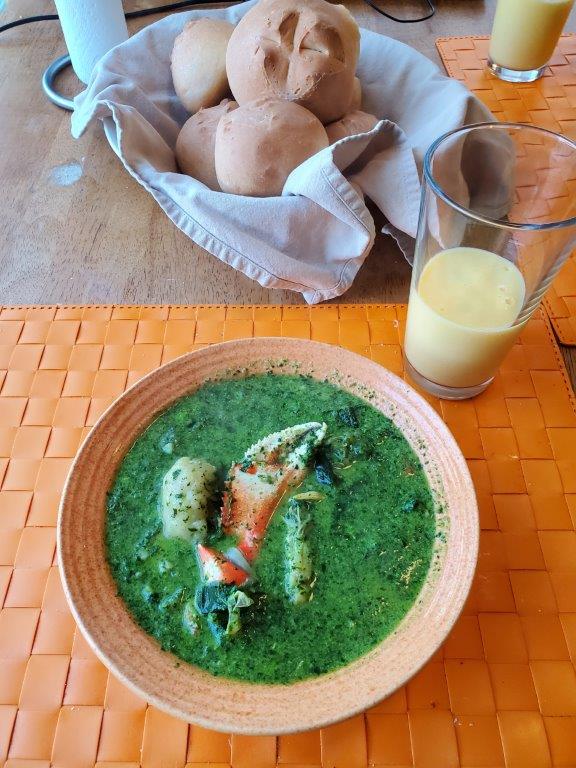This week, we visit the equatorial country of – wait for it – Ecuador. Ecuador gained its independence from Spain in the general wave of independence movements in Latin America in the early 1800s. If you’re interested in learning about the period in detail, Mike Duncan’s “Revolutions” podcast did an entire series on it. Highly recommended.
Ecuador has a number of distinct regions, from the Andes mountains to the coast, and out to the Galapagos islands. We will NOT be preparing Guinea pig from the former, or endangered tortoise from the latter. So how about a nice fish stew?
Specifically, we decided to make Encebollado – a fish stew topped with pickled onions. In fact, the name literally means “in onions.” In addition to onions, the stew is frequently made with our old friend, cassava, or yuca root. Ah, cassava – source of the flour for so MANY bland starch pastes we haven’t succeeded in imparting much flavor to. Perhaps it will be better whole?
Well, that means we have to FIND one. And, failing to learn my lesson from our hunt for chayote, I again drove all over Vancouver looking for it, only to discover that the ONLY store that had it was the Sav On Foods two blocks from our house. Well, whatever, at least I found one. I forgot to take a picture of it whole, but here it is mid-peel:
It’s actually not a tough dish to make, once you have the stuffs. First, you make another sofrito by sweating onions and tomatoes in olive oil. No garlic in this one.

Once the onions are nice and soft, you toss in some water, cilantro, and spices, and simmer it for a bit to make a broth. And into that broth goes a lovely hunk of tuna to poach.
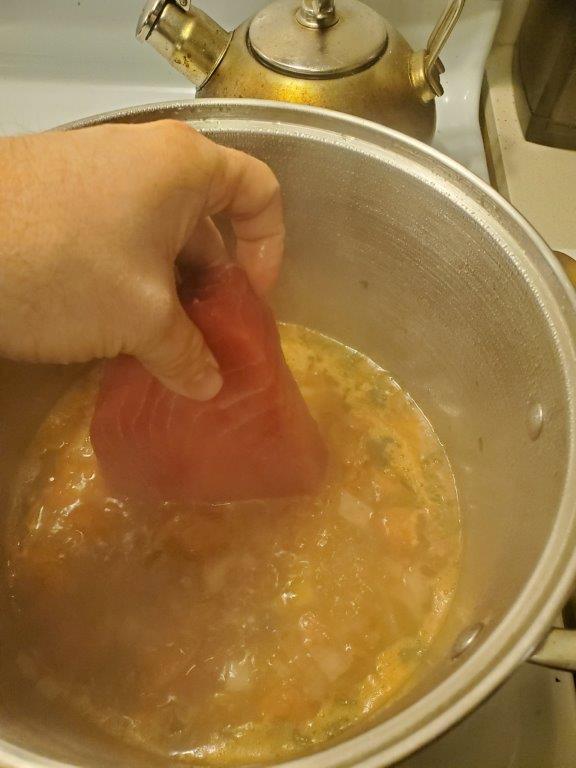
You can tell this is an action shot, because it’s got a hand.
Once the tuna is cooked, you pull it back out of the liquid and cook your veggies, which in our case were the aforementioned cassava and some corn on the cob.
Meanwhile, we need those “pickled” onions for the topping. Whether or not you actually consider these pickled depends on your definition of the term – they’re soaked in lemon juice, olive oil, and salt for a bit to soak up the flavor.
As a side dish, we decided to double down on the cassava, and make small cheese breads with cassava flour. Because every OTHER thing we’ve made with cassava flour has been so great, right?
Then again, this recipe suspiciously resembles the pao de queijo from our Brazil episode, and those were absolutely delicious. So lets see what happens.
Flour, butter, eggs, baking soda, mozzarella cheese, blend.
The dough turned out VERY dry when we followed the proportions in the recipe. Like, “not so much dough as sand” dry. So we kept adding water until it finally came together. Once together, the dough was rolled into small balls for cooking.
The indicated cooking method was actually not one I’d used before. You preheat the oven to “Volcano Heat” (500 F), but once it’s there, you stick the buns in and turn on the BROILER. So they’re in a rippingly hot oven, but only being cooked directly from one side.
The results certainly looked tasty, with a nice brown on top.
And with that, it was time to put the tuna in the stew, top it with the pickled onions, and dig in!
And it turns out the stew was another winner! The tuna was cooked perfectly, the broth was delicious, with just the right amount of spice, and the acidity from the topping complemented everything beautifully. And the cassava root rose all the way up to the level of “tolerable.” It soaked up all the other flavors, and was a perfectly adequate means of conveying pickled onions to your mouth. The cheese breads weren’t quite as amazing as their Brazilian cousins, but they were still quite tasty. I mean – cheese bread. What’s not to like?
Ecuador – we salute you. Your soup is tasty, and you have managed to make cassava have a flavor. Next time – Egypt!


